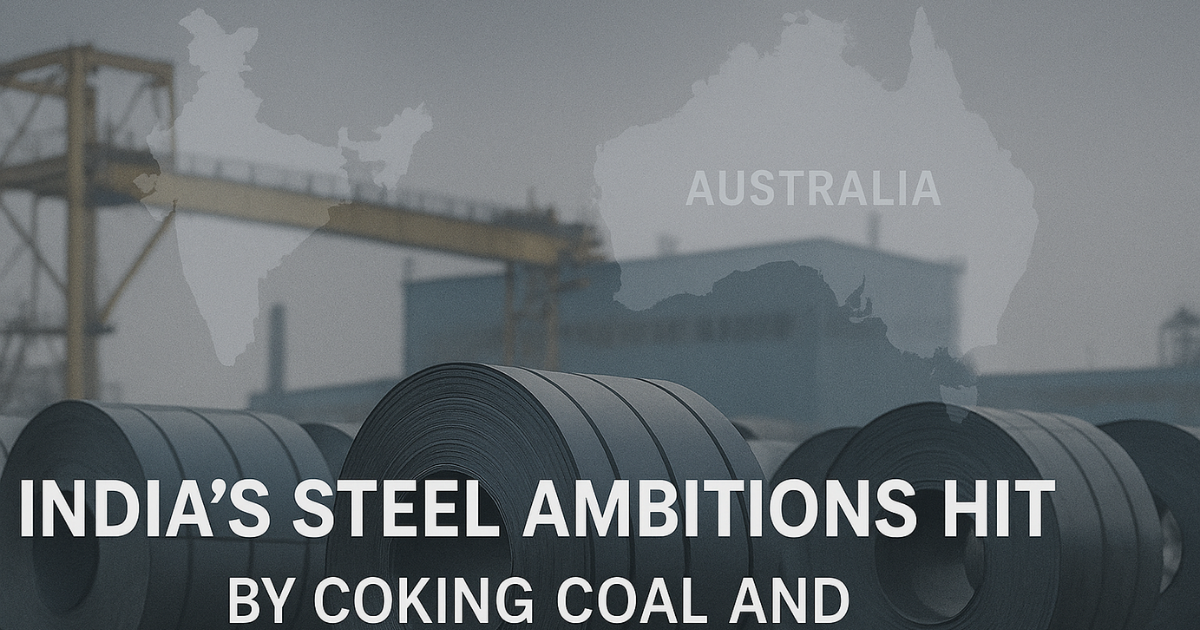India–US Trade Tensions Rise Over Steel and Auto Tariffs NMDC Limited reports a 38% drop in Q4 FY24 consolidated net profit RINL to Raise $23 Million Through Land Sales Amid Crisis

India’s steel industry is rapidly expanding, aiming to reach 300 million tonnes per annum (MTPA) of capacity by 2030–31. However, the path to this goal is riddled with challenges, particularly in sourcing raw materials and managing environmental impact.
Currently, India relies on imports for nearly 85% of its coking coal, mainly from Australia. This heavy dependence leaves steel producers vulnerable to price volatility and supply disruptions. At the same time, the domestic availability of steel scrap—a critical input for electric arc furnace production—remains limited.
Another major hurdle is carbon emissions. India's blast furnace-based steel production emits around 2.6 tonnes of CO₂ per tonne of steel, significantly higher than the global average. This places pressure on the sector to adopt greener technologies amid rising global climate expectations and upcoming carbon tariffs from markets like the EU.
Additional constraints include high logistics costs, slow project approvals, expensive financing, and stiff competition from cheaper imports.
Industry experts recommend a multi-pronged strategy: promoting green and specialty steel, securing raw material access, investing in clean technologies, easing regulatory processes, and strengthening public-private collaboration.
For India to become a global leader in sustainable steel production, these reforms are essential—not just for capacity growth, but to align with climate goals and future-proof the sector.
Also Read : China's Steel Maneuver as Southeast Asia Routes Threaten Indian Investments China pips India in buying sea-borne Russian crude